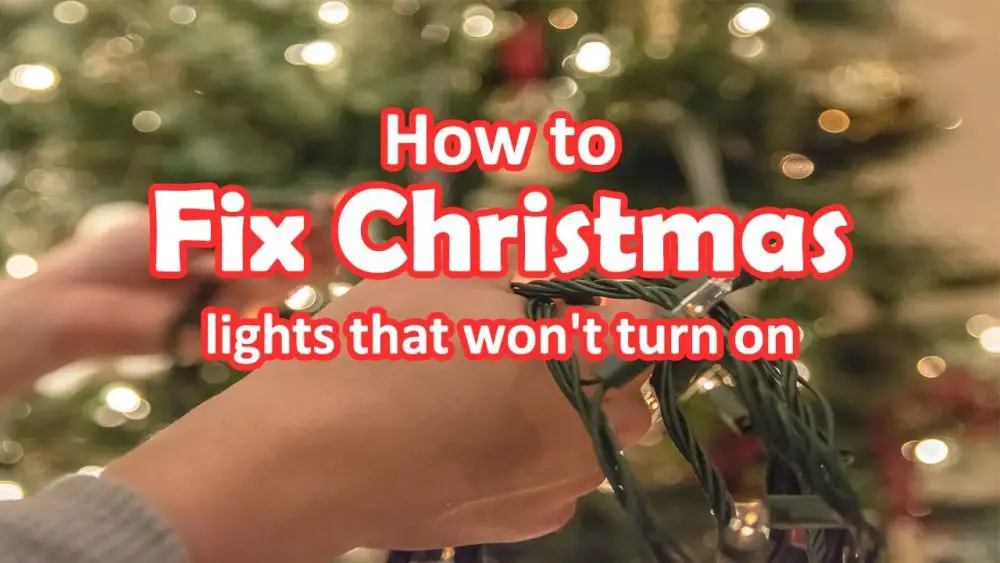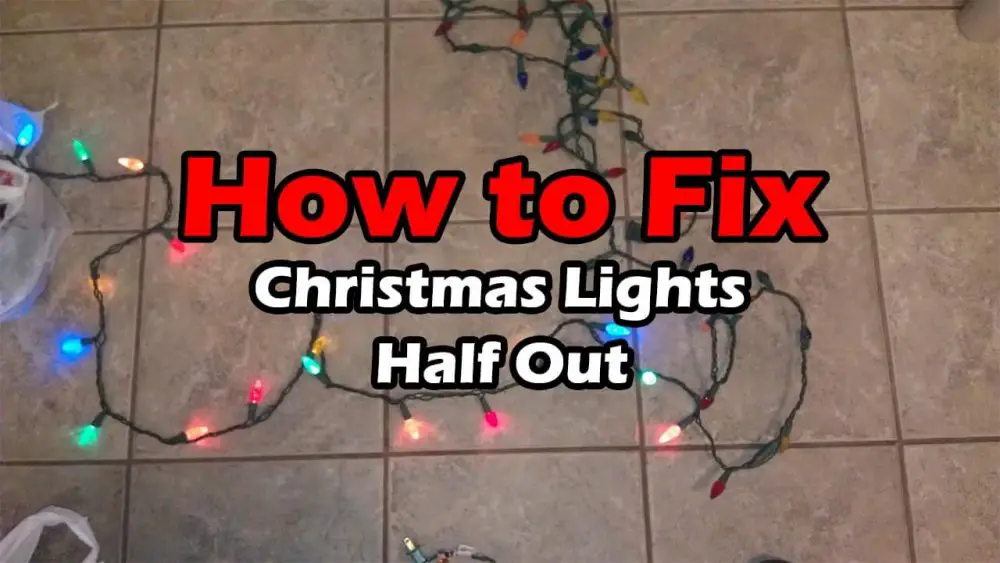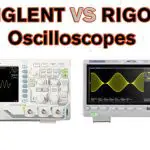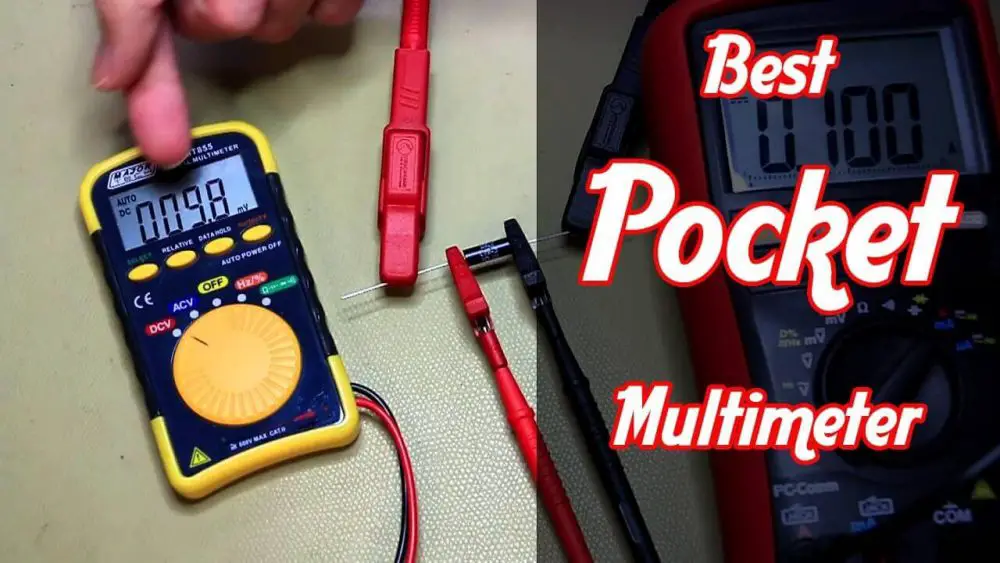How to fix christmas lights that won’t turn on
Christmas lights are the long strings of tiny bulbs used on Christmas trees or outside homes, yards and so on. A wide variety of bulbs and strings are available in the market. Still, this article is about “how to fix Christmas lights” because these bulbs are small and are surprisingly complicated and commonly misunderstood. The customer buys a few strings, uses them for a few weeks during Christmas, and then throw them out in the storage. And keeping these Christmas light strings for years is a bit tricky.
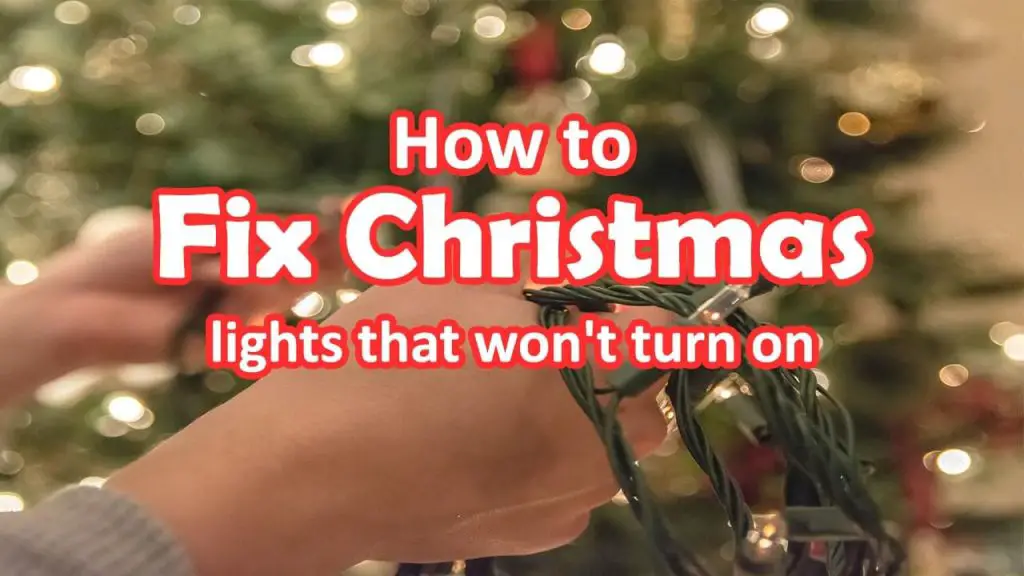
String Faults
The most common fault in Christmas light strings is that a bulb is not glowing or burns out. Most lines come with a few replacement bulbs, which could work a few weeks of operation. But if we want to keep the string running for long, we are well-advised to purchase additional strings to provide replacement bulbs. Interestingly, because the bulb is upgraded every year, they are different. So it won’t be very reassuring to keep the string for a year or so. Probably we can remove the bad bulb from the string and replace a new bulb, using a pull and push method.
These light bulbs are designed to place in a series of bulbs, and the 120V line gets down to typically 2.4 Volts. (120 Volts per 50 bulbs =2.4Volts per bulb) and we can do this without using an expensive transformer. As a result, only a single bulb failure could break the entire circuit; this is because they avoid this, each bulb has a built-in”shunt” of several turns of tiny wires inside the bulb near the bead. The function of the shunt is to conduct current when the filament fails to conduct, but at the same time, the shunts do not work.
When a shunt operates, it is on low resistance. As a result, each bulb intends to take slightly more voltage in the circuit, so the bulb gets brighter and lasts less long. So it is essential to replace the bad light bulbs.
Beyond bad bulbs, some of the socket connections may become the cause of string failure. For example, it is not very common that a fuse in the plug may also become faulty. But it is expected when the fuses are overloaded and tripped.
Fuse Faults
Usually, Christmas light strings have two tiny fuses on each side of the A/C line, located inside the A/C plug. The fuses are considered to melt down or blow up before the copper wires in the light string melt or cause a spark from an overloaded circuit. But, of course, no faults in any bulb can do that, but if you staple the wiring and accidentally connect the wires.
The strings have an A/C outlet in the end; lights use the string’s current and flow through the tiny fuses in the plug. Thus, if we overload the circuit, fuses in the first string would blow immediately and perhaps follows periodically.
Most strings include one or two spare fuses that can be replaced in the plug. But the better solution is not to connect too many strings in one circuit. So the question is, how many is too many? Sometimes the instructions with the lights manual say, “DO NOT OVERLOAD the circuit and CONNECT END TO END A MAXIMUM OF only THREE LIGHTING STRINGS,” which is the answer to the said question.
100-bulb of light strings usually use 3.00 amps fuses. Since three amps at 120 Volts are 360 watts of power, the A/C outlet would support many string lights, but this is deceptive. It considers the fuses only, not the wires in the strings or any connection. For example, if poor contact inside the A/C plug causes internal parts to heat, the plastic plug could distort or meltdown, leading to a hazardous situation.
Fuses are the necessary devices because these strings have bulbs with an internal shunt. Each shunt in the bulb decreases the string resistance and causes the string current to flow, which declines the life span of the remaining bulbs in the string. If the bulb failure continues, the remaining bulbs will blow in a rush; it will leave a circuit consisting of the only low-resistance shunt. If we use low-value fuses, they get blown out quickly, but the string wires get hot if there is no fuse. The wires in a bundle would melt through inside their insulation and form copper-to-copper hot connections. Both wires could burn a fire. Do not operate shunt bulbs off the A/C line without the low-value fuses into the circuit! Fuses are essentially required to protect against the unknown situation, where all the bulbs have burnt out, and the circuit only consists of shunts.
Usually, replacing a fuse in these strings is not an easy task because the small plastic parts are tightly fixed, and it will be very frustrating to pull it out safely. Therefore, it can be a replacement challenge.
Finding the Bad Bulb
Generally, the Christmas light’s bad bulb will be dark while the rest of the string remains lit. The light strings are basically in series and connect openly, within a wire, at a socket, or even inside a bulb, discontinuing that whole circuit. Usually, the bulbs have a “shunt” that shortens the bulb when it is fully loaded with the voltage—turning the bad bulb off, and keeping the rest of the circuit ON, telling us to replace the bulb. Unfortunately, the shunt system often fails to operate, and the entire circuit will turn off.
One possibility, to check one by one to every string light and remove the bulb, check it, and place it back in the plugin if it is working. And remember to fix the bulb properly.
The string has several sockets for the bulbs to fit in. If we check each bulb, then seated the bulb correctly in the socket so that we do not hurry to avoid hassle to make sure the string will work well.
We can get many devices in the market to find a bad bulb, like a device that picks up the 60Hz hum from a wire connected to the “hot” side of the A/C line. Similarly, it would be best to trace that hum from the plugin and out of each working light socket. Then, check until you will find the hum itself fails to work. In addition, we can suggest that it might be a bad bulb, poor connection, or maybe just a loose-seated bulb.
Hum-tracing devices are the best to work because the A/C line has a “hot” side and a “cold” side. The cold side is connected to the ground. The hot side has 120Volt A/C and has a “hum” that some devices can detect from a short distance, even through insulation. But it is essential to realise that generally, three similar-looking wires are wrapped together within the sockets. Of these, one is the bulb wire we want. Both of the others will be to the A/C socket, and one will be hot, and the other will always be cold. So if we want to check the hum through the bulbs, we need to check the bulb wire alone. We can find it in the bulb’s base and place it away from the other wires. Then we can test that wire for hum. One side will have 120volts A/C and hum at the bad bulb, while the other will be at the ground wire with no hum. In these circumstances, replace the bulb, reseat it, or, if required to replace the socket.
Sometimes, if you have Incandescent light bulbs, the situation gets more complicated or most likely fail when you turn on them, and they are not working. On the other hand, if two individual lights in the same circuit fail to glow, neither light may have enough voltage or current to apply their shunts. Unfortunately, one or other shunts are simply not working; you can not test them before operating. Thus, a circuit with indeed one bad connection will have all the lights out.
The optimal result to trace a single open connection in a string series is to start in the middle and either go half the way, depending on whether the hum is present or not. But, if there are two bulbs together out, it means there’s no hum. When we try to trace the hum in a circuit with two (or other) bad shunts, we ultimately come to a line that’s ” floating, ” neither hot nor cold. The hum sensor has to be good to show the difference between a hot string and one which acts as an antenna to pick up the hum generally around us.
Table of Contents
How to Fix Christmas Lights that would not Turn On
Light Keeper Pro Tester
Lightkeeperpro-tester is a tool used to test light bulbs, strings and lights. Plugin the sand of lights and remove a bulb into the bulb’s creek to connect the Light Keeper Pro to an empty socket. Pull the sensor of the gun-shaped tool, the Light Keeper Pro, several times to bypass the bad bulb and light the whole string, leaving the shrouded bad bulb. Replace the bad bulb you used to test the sand; either remove and replace any bad bulbs. Light Keeper pro is used to test the new bulbs before you install them.
Corroded socket
When you keep Christmas lights in the warehouse to use again, over time, the material inside the socket can wax nibbled or filled with soil and sometimes with dirt. This surplus body can prevent proper contact between the bulb and the socket, resulting in no connection between power and the bulb. You can use a small filer or scraper to clean the string contents inside the socket. When the socket gets clean, fit a new bulb into the socket to make the string light working.
Bad Socket or Bad Wiring
If you check all the said issues, and still the beach of light isn’t working, the socket might be broken; it can restore the functionality to the rest of the lights in the string. So that replaces the broken socket, but removing it’ll raise the voltage. So you may abate only one or two sockets; otherwise, you might damage the bulbs due to high voltage, which can blow out the bulbs and burn the rest of the beaches. We will use a cable blade to remove the faulty socket from the light strand. After testing the bulbs and assuring the bad socket is fixed, consider putting some silicone sealant or gallery wax into the cap to keep damp out and prevent the cables from corroding.
Marking the Bad Bulbs
If added, then one bulb isn’t working. First, you mark the bad bulbs before replacing any of them. Either, with the help of masking videotape, typically, they’re more visible than marketing. Generally, when we turn the power on, the bulbs most likely go out. The simple way of removing a bulb is to uncouple the circuit’s power while changing a bulb. Weak bulbs can go out when the power is on. But if we know how legion bulbs need to be replaced, we can do that and hopefully, the string will light except for the bulbs which have just blown. That hourly works when several lights have failed.
Replacement Storage
Make sure to mark the cover holder in the depot with the position of the operating string and write the installation date. Ultimately, the relief bulbs, more likely, the on bulbs will lose their colour. Sometimes, you’ll replace the operating string with the old one, which means the relief string should be inclined. When you recapture the strings, you may place the bulbs in a small bag but only the brighter one, possibly useful someday. Likewise, the lace can be placed in another bag to be used for other leads or connections. The most straightforward way to store lights is to keep them in their original box, but it can consume space. It’s better to place each string in a separate zip bag; It is the easiest way to store it to avoid getting knotty or powdery. Certainly, we cut out and save the sockets with their bulbs and keep the rope for other connections. Another optional form is to keep only the bulbs, which helps depository space, but to light the bulb, we need cover sockets. So keep the sockets separately.
Frequently Asked Questions
To set the function clock, you need to look at the appliance function of your lights; you can find a button on the appliance, you need to double click this button, and it’ll turn green – this means that the clock is on, and your lights will either stay on for about8/6 hours and turn it off.
When you turn on the lights, they produce heat. So, the longer you keep your lights left on, the hotter they get. Therefore, it isn’t recommended to leave your Christmas lighting on for a long time, whether it’s daytime or nighttime.
Conclusion
Christmas lights look delicate not only in function but also for safety measures. It’s needed to fix the whole string first. You must have to check every bulb, and every socket and the wiring of the string with the help of the Lightkeeper pro tool, so you can save your time and sweat. Set the light appliance clock to turn off the light to save any event bulb or burning lacing. Because the longer the lights will be on, the hotter the beachfront will be. When necessitated, replace the bulb or if it’s necessary to change the socket. The wiring needs to be taped if it’s broken or loose. All these palladia will help you to avoid any damage or loss. This theme is the third part of fixing Christmas lights; make sure to understand all the troubleshooting. You read all three themes for more information and knowledge about repairing Christmas lighting or replacing the bulb or string cable to maintain the flow of current through all the strings.
Related post:
Top 10 Best Multimeters For Electronics Technician
